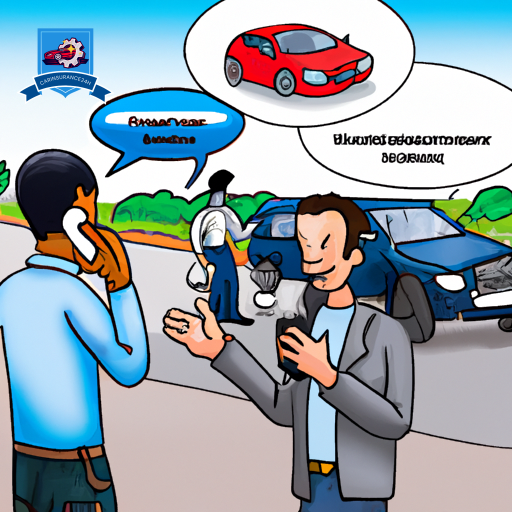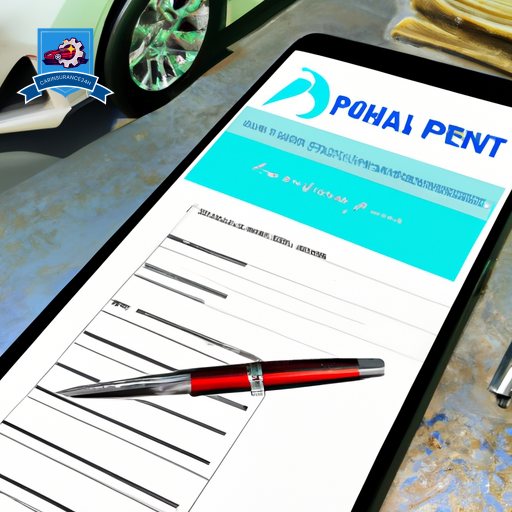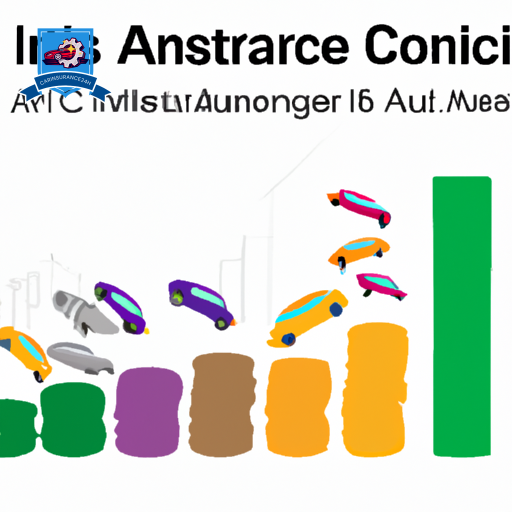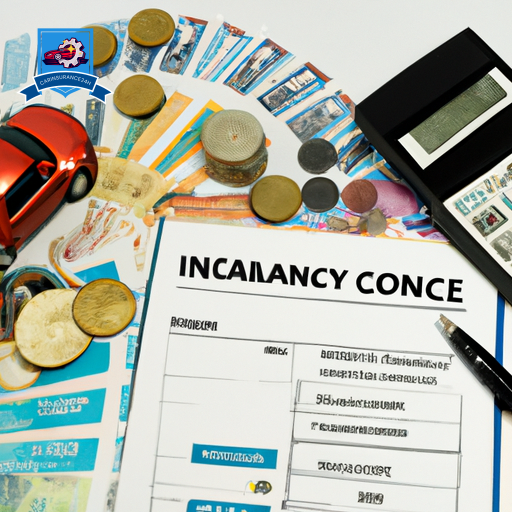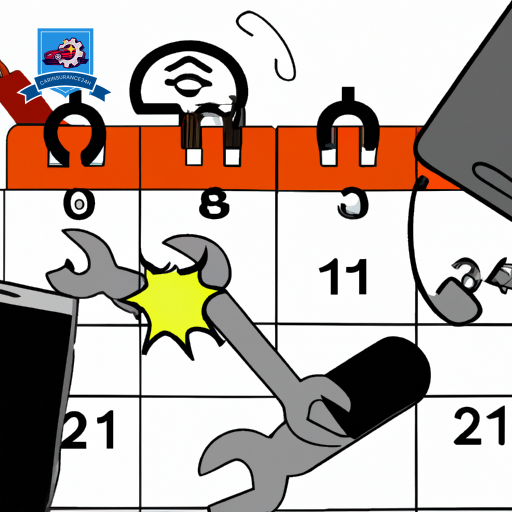Handling the aftermath of an accident can be a challenging ordeal, yet understanding the systematic steps for an insurance claim is important for a seamless recovery process.
Initially, ensuring the safety of all parties involved is paramount, followed by contacting emergency services to report the incident. Documenting the scene and exchanging information with the other party lay the foundational groundwork for a solid claim.
Promptly notifying your insurance provider and seeking medical attention, even for seemingly minor injuries, are indispensable actions. To comprehend the significance of each step and its impact on the claim’s success, one must explore further into the nuances of this procedure.
Assess Immediate Safety

Immediately following an accident, the paramount concern is to evaluate the safety of all individuals involved. Ensuring that everyone is out of immediate danger takes precedence over all other considerations. This initial evaluation encompasses checking for injuries, ensuring that it is safe to exit the vehicles, and determining the functionality of the involved vehicles. Vehicle functionality is essential, as it impacts whether a vehicle can be safely moved out of traffic or if it poses a risk of causing further accidents or exacerbations of the current situation.
Once the safety and well-being of all individuals have been confirmed, attention should shift to appraising the surroundings for potential road hazards that could endanger other road users. This includes evaluating whether the accident has caused obstructions in the road, such as debris or leaked fluids, which could lead to secondary accidents if not promptly addressed. Ensuring that the accident scene is visible to oncoming traffic is imperative to prevent further collisions. This may involve turning on hazard lights or setting up warning signs if available and safe to do so.
The evaluation of immediate safety is a critical step that serves as the foundation for all subsequent actions following an accident. It is not only essential for the well-being of those directly involved but also for the safety of other road users. By prioritizing vehicle functionality and the identification of road hazards, individuals can take proactive steps to mitigate the impact of the accident and safeguard the safety of everyone on the road.
Call Emergency Services
Once the immediate safety and well-being of all involved have been assessed, the next imperative step is to contact emergency services. This action is essential for several reasons, chief among them the need to guarantee that anyone who may have suffered injuries receives prompt medical attention. Initiating this call activates emergency protocols, which are designed to provide rapid and efficient response from trained professionals. Whether the situation requires medical teams, fire services, or police intervention, making this call is the cornerstone of a responsible reaction to any accident.
Engaging with emergency services also officially documents the incident, a critical aspect when filing an insurance claim. Police involvement, moreover, plays a pivotal role in this regard. Officers dispatched to the scene will compile a report detailing the circumstances surrounding the accident. This report can be invaluable when establishing the facts of the case for insurance purposes. It serves as an objective account of events, potentially clarifying disputes about who was at fault.
In addition, adhering to emergency protocols by involving the police can sometimes be a legal requirement depending on the jurisdiction and the severity of the accident. Failure to report an accident can lead to penalties, further complicating the insurance claim process. Contacting emergency services is not only a matter of ensuring safety and receiving necessary medical attention but also a legal and procedural step that facilitates the smooth processing of insurance claims.
Document the Scene
Following the initial step of calling emergency services, it is important to accurately document the scene of the accident.
This involves capturing clear photos from various angles and distances to provide a thorough view of the incident.
Additionally, gathering statements from witnesses can offer valuable perspectives that support your insurance claim.
Capture Clear Photos
Capturing clear photos of the accident scene is a critical step in documenting evidence for your insurance claim. It’s vital not just to take photos but to make sure they are clear and thorough. Remember, these images serve as a visual record of the incident and can greatly influence the outcome of your claim.
-
Guarantee Good Lighting: Take photos during the day if possible. Good lighting conditions can greatly improve the quality of your photos.
-
Multiple Perspectives: Capture the scene from various angles to provide a full perspective.
-
Photo Backups: Always create backups of your photos to avoid losing them.
-
Detail Shots: Include close-ups of the damage, road conditions, and any relevant signs or signals.
These steps will help ensure your photos are useful for your insurance claim process.
Gather Witness Statements
After documenting the scene visually through photographs, the next step is to gather witness statements, which can provide valuable insights and corroborate the details of the accident. Witness credibility and the timing of their statements are vital elements to contemplate during this process. A structured approach to collecting this information can greatly impact the success of an insurance claim.
| Aspect | Importance | Consideration |
|---|---|---|
| Witness Identity | Establishes credibility | Verify personal details |
| Statement Timing | Enhances accuracy and reliability | Aim for immediacy |
| Perspective | Provides a thorough view | Note unique viewpoints |
Efficiently gathering and analyzing witness statements, with an emphasis on credibility and promptness, is fundamental in building a strong case for your insurance claim.
Exchange Information
One important step in the aftermath of an accident is the exchange of contact and insurance information between the involved parties. This process is not only a prerequisite for filing an insurance claim but also a critical juncture that, if mishandled, can lead to significant privacy concerns and legal implications. Ensuring a careful and respectful exchange of information safeguards both parties’ interests and lays a foundation for a smooth resolution process.
When exchanging information, it is essential to:
- Collect Names and Contact Information: This includes full names, addresses, and phone numbers. It allows the parties involved and their insurance companies to stay in contact and efficiently manage the claims process.
- Exchange Insurance Details: Obtain the insurance company name, policy number, and contact details for the insurance representative. This is crucial for initiating the claim and understanding coverage.
- Note Vehicle Details: Record the make, model, color, and license plate number of all vehicles involved. This helps in the accurate identification of vehicles and can be used in the claims assessment.
- Document Driver’s License Numbers: While this may raise privacy concerns, it’s a necessary step for verifying the identity of the drivers involved. It’s important, however, to be mindful of how this information is stored and shared to mitigate potential privacy issues.
This structured approach not only addresses immediate needs post-accident but also pre-emptively navigates through potential privacy and legal hurdles. By carefully exchanging information, parties can ensure a smoother shift into the claims process, keeping complications to a minimum.
Notify Your Insurance
Following the exchange of information at the scene of an accident, it is essential to promptly notify your insurance company. This communication can be initiated through various methods, each tailored to cater to policyholders’ preferences and situations.
Preparing the necessary information beforehand streamlines this process, ensuring a swift and efficient claim submission.
Immediate Notification Importance
Immediately notifying your insurance company after an accident is a critical first step in the claims process. This action is not only a requirement under most insurance policies but also serves to protect your rights and interests as a policyholder. Prompt notification can greatly influence the outcome of your claim due to:
-
Legal implications: Early reporting can help in the defense against claims that may arise from other parties involved in the accident.
-
Policy limitations: Many policies have specific time frames within which you must report an accident to remain eligible for coverage.
-
Documentation accuracy: Reporting immediately helps make sure that the details of the accident are recorded accurately.
-
Claim processing speed: Timely notification can lead to a quicker claims process, helping you get back on your feet sooner.
Contact Methods Overview
Upon experiencing an accident, it is imperative to know the various methods available for notifying your insurance provider. The options range from digital platforms to traditional direct mail, each with its own set of procedures and response times. Here is a concise overview:
| Method | Contact Timeframe | Notes |
|---|---|---|
| Phone Call | Immediate | 24/7 availability |
| Digital Platforms | Varies | App or website; may offer instant confirmation |
| Within 24 hours | Proof of notification; time-stamped | |
| Direct Mail | Several days | Physical record; slower process |
| In-Person | Business hours | Direct interaction; possible immediate assistance |
Choosing the right method depends on the urgency, available documentation, and personal preference.
Information Preparation Guide
Before notifying your insurance company about an accident, it is critical to gather and prepare all necessary information to guarantee a smooth claim process. This preparation not only helps in expediting your claim but also minimizes potential legal implications. A well-thought-out pre-accident checklist can be invaluable in such situations.
- Pre-accident checklist: Document vehicle details, insurance policy number, and emergency contacts.
- Accident details: Note date, time, location, and a brief description of the incident.
- Evidence collection: Include photos of the accident scene, damages, and any relevant road signs.
- Witness information: If applicable, gather names and contact details of witnesses.
This organized approach ensures that you are ready to effectively communicate with your insurance provider, facilitating a more efficient and favorable resolution of your claim.
Seek Medical Attention
Securing medical attention after an accident is essential for both your health and the success of your insurance claim. Health implications can range from minor to severe, and in some cases, symptoms of an injury may not appear until days after the accident. Thus, it’s critical to seek medical evaluation immediately to make sure any injuries are documented and treated. Legal considerations also come into play. Medical records serve as vital evidence in supporting your insurance claim and can greatly influence the outcome.
| Aspect | Importance |
|---|---|
| Immediate Evaluation | Identifies hidden injuries, preventing them from worsening. |
| Documentation | Creates a medical record that serves as evidence for your insurance claim. |
| Legal Requirement | Fulfills legal obligations in some jurisdictions for claims. |
| Health Monitoring | Allows for ongoing assessment of your health post-accident. |
It’s advisable to visit a healthcare professional even if you feel fine after an accident. This step is not just about immediate care but also about documenting your condition as it relates to the accident. Such documentation is indispensable when negotiating with insurance companies, as it provides a clear link between the accident and your injuries.
Moreover, detailed medical records and receipts are crucial for reimbursement of medical expenses. Make sure that all treatments, tests, and diagnoses are thoroughly documented. Remember, the completeness and accuracy of your medical documentation can directly impact the effectiveness of your insurance claim. Avoid discussing or assuming the implications of your health condition with the insurance adjusters; let the medical records speak for themselves.
Follow Up on the Claim
After initiating your insurance claim, it’s important to actively follow up to make sure a smooth and timely process. Staying on top of your claim helps make certain that any issues are promptly addressed and that you’re in the loop regarding the status of your claim. Here are some key steps to effectively follow up on your insurance claim:
-
Regularly Check on the Claim Status: Insurance companies often have online portals or customer service lines where you can check the status of your claim. This allows you to stay informed about any updates or actions required on your part.
-
Document All Correspondence: Keep a detailed record of all communications with your insurance company, including phone calls, emails, and letters. Note the date, time, and a brief summary of the conversation, especially any decisions made or next steps discussed.
-
Respond Promptly to Requests for Additional Information: Your insurance company may need more information or documentation to process your claim. Responding quickly can help avoid delays in the claim process.
-
Prepare for Settlement Negotiation: If your claim involves negotiating a settlement, it’s important to be prepared. Research the value of your claim, and be ready to present your findings. This might include repair estimates, medical bills, or documentation of lost wages.
Following up on your insurance claim is a critical step in making certain that your claim is processed efficiently and fairly. By actively engaging in the process and being prepared for settlement negotiation, you can help secure a favorable outcome for your claim.
Frequently Asked Questions
What Should I Do if the Other Party Involved in the Accident Refuses to Exchange Information or Flees the Scene?**
If an individual flees an accident scene, immediate action is critical. Approximately 11% of all crashes involve a hit-and-run driver. Legal consequences await those evading responsibility. Initiate a witness search to gather evidence and report promptly.
How Can I Protect My Insurance Claim if I Am Unable to Document the Scene of the Accident Due to Injuries?**
If injuries prevent documenting the accident scene, prioritize contacting emergency services for immediate assistance. Subsequently, explore legal representation options to safeguard your insurance claim, ensuring proper documentation and representation in your absence.
In the Event That Both Drivers Believe the Other Is at Fault, How Is Fault Determined for Insurance Purposes?**
In cases where both drivers claim the other is at fault, fault determination methods involve insurance adjusters evaluating evidence such as accident reports, witness statements, and potentially, legal rulings to ascertain responsibility for the incident.
If I Discover Additional Damages or Injuries After the Initial Insurance Claim Is Filed, Can I Amend the Claim or File a New One?**
Upon discovering additional damages or injuries post-initial claim filing, individuals may amend their existing claim or initiate a new one, contingent on the insurer’s policies. The claim process necessitates thorough injury documentation for successful amendment or filing.
Are There Specific Deadlines for Notifying Insurance and Filing a Claim Post-Accident That Vary by State or Insurance Policy?**
Yes, deadlines for notifying insurance and filing a claim post-accident vary by state regulations and individual insurance policies. It’s important to conduct a policy review and consult state regulations immediately following an accident to guarantee compliance.

